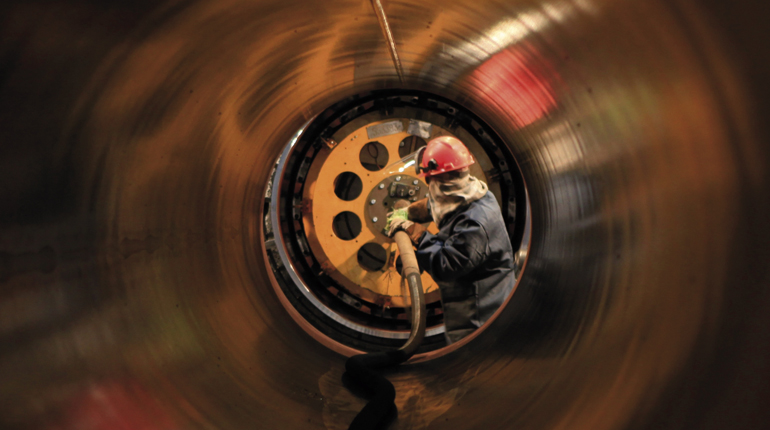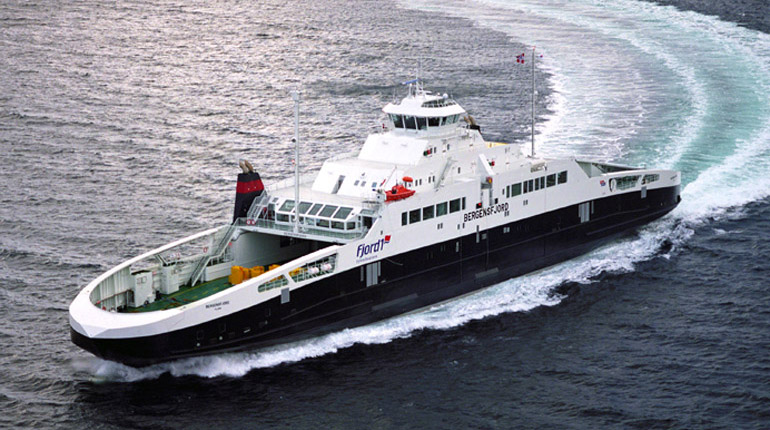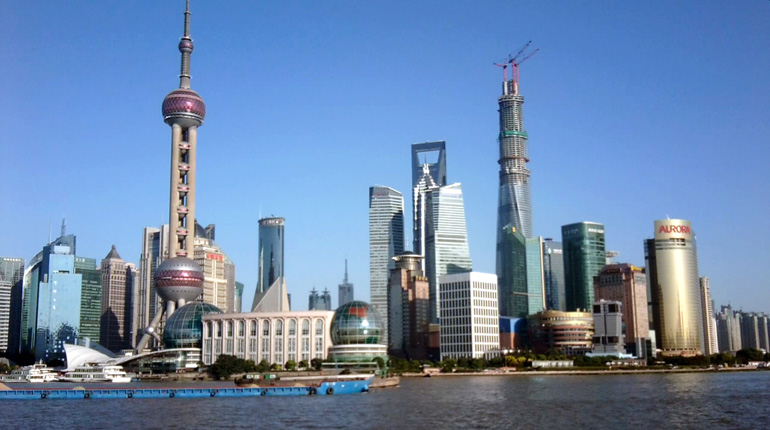The pipelines versus climate riddle
The dichotomy between the world’s growing demand for energy and accelerating global warming is a pressing challenge for future pipeline projects.
 An estimated $30 trillion of investment is needed for fossil fuels over the next 25 years. (Jiri Reznac/Greenpeace)
An estimated $30 trillion of investment is needed for fossil fuels over the next 25 years. (Jiri Reznac/Greenpeace)
You might return from your summer holidays to discover some new gas pipeline projects on offer – as well as a few old plans that have been revived. But while many pipeline projects are being planned, a large number of them will not be built. It seems proposing and planning a pipeline is more exciting than actually building and completing it.
Gazprom, E.On, Shell and OMV agreed in June to build the third and fourth lines of the Nord Stream pipeline, which runs from Russia to Germany via the Baltic Sea – an agreement that could see the return of previous plans to double its capacity of 55 billion cubic metres per year. Russian Energy Minister Alexander Novak and his Greek counterpart Panagiotis Lafazanis also signed a deal to wrap up plans for a new link-up across Greece – the South European Gas Pipeline, an extension of the planned Turkish Stream project.
All of these plans have been made in a time of continually tightening economic and political challenges. Moreover, Nord Stream and Blue Stream – which ships gas to Turkey via the Black Sea – operated at only 60% of capacity in 2014, and the EU’s gas consumption and demand for imports of the fuel is falling.
“Gazprom’s pipeline plans make geopolitical sense, as Russia intends by 2019 not to transit any Russian gas supplies to Europe via Ukraine,” Frank Umbach, research director of the European Centre for Energy and Resource Security at King’s College London, told Interfax.
“By building these pipelines, it would kill Europe’s gas diversification projects as they would be uneconomic and unprofitable in the light of stagnating or declining European gas imports,” he added.
Pipelines and fuel industries are not just constructions of steel and concrete – as part of national security strategies, they represent political power. Since John D. Rockefeller created the demand for fossil fuels back in the 1800s, societies have questioned not only what is being delivered but also who is delivering it.
Any new pipeline is a double-edged sword – it means long-term security, but brings with it long-term dependence. As a result, plans for new oil and gas projects are now the subject of democratic debate – the Keystone XL pipeline in the United States and Canada is only one example.
On a global scale, the two major trends – the growing demand for energy and accelerating global warming – become more incompatible. So should societies spend more money on energy infrastructure, or divest from fossil fuels altogether? Nearly $51 trillion will be needed to meet global needs over the next 25 years for exploration, production, transport and processing of all forms of energy, according to the International Energy Agency’s World Energy Outlook 2015 – with $30 trillion needed for fossil fuels alone.
The vast sums needed have led some to make the case for a specialist energy bank. Conversely, climate campaigners have argued that a ‘carbon bubble’ has developed – which means the valuation of fossil fuel-based energy companies does not factor in the true costs of the carbon dioxide they emit.
Companies are currently valued under the assumption that all their fossil fuel reserves will be consumed. This does not take into account limits for CO2 emissions, which will possibly restrict the development of the reserves.
But while the debate continues, Rockefeller’s heirs might know something the rest of us don’t – they divested $50 billion of fossil fuel-related assets last year. AB









